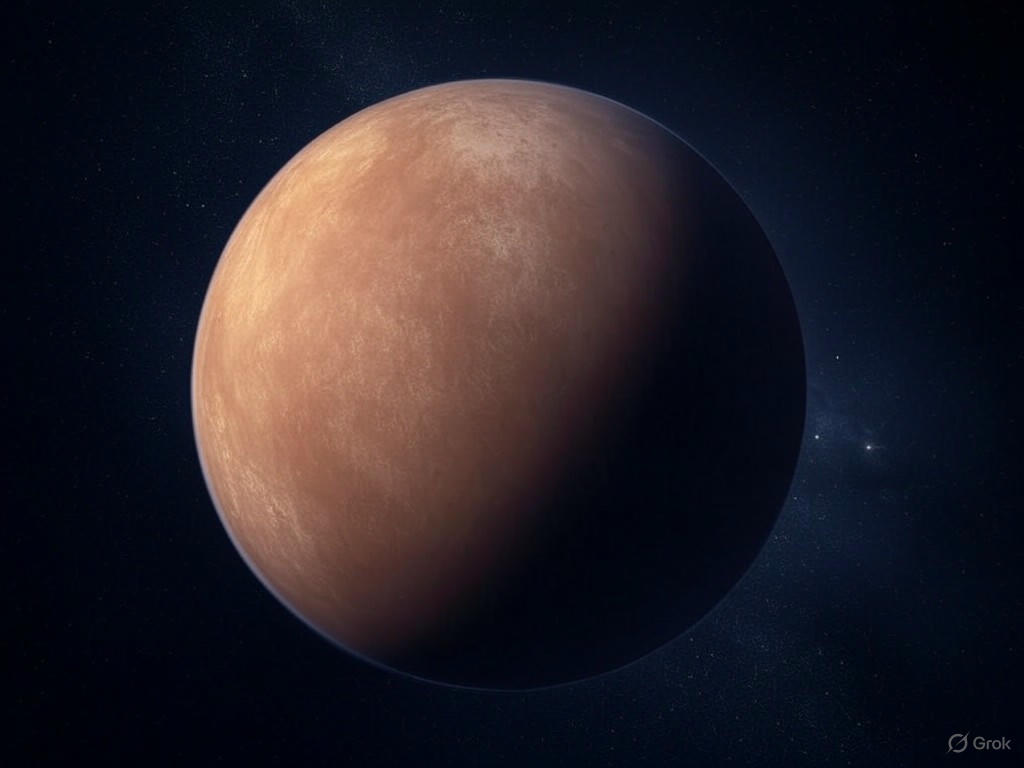The Enigma of K2-18b: Unraveling the Challenges of Detecting Alien Life
In the vast expanse of the cosmos, the search for life beyond our planet has captivated scientists and dreamers alike. One distant world, K2-18b, has emerged as a focal point in this quest, embodying both the promise and the profound challenges of identifying signs of extraterrestrial existence. Orbiting a red dwarf star roughly 124 light-years from Earth, this exoplanet has sparked intense debate among astronomers, revealing the intricate hurdles in deciphering the secrets of alien worlds.
K2-18b, classified as a super-Earth due to its size, resides in the habitable zone of its host star, where conditions could potentially allow liquid water to exist—a key ingredient for life as we understand it. Initial observations suggested the presence of water vapor in its atmosphere, igniting excitement about the possibility of habitability. However, subsequent studies have cast doubt on these findings, highlighting the limitations of current technology and the complexities of interpreting distant data. Some researchers argue that the detected signals could be attributed to other atmospheric components or instrumental errors, rather than definitive proof of water or life-supporting conditions. This tug-of-war of evidence underscores a critical truth: detecting life beyond Earth is far from straightforward.
The challenges with K2-18b are emblematic of broader issues in exoplanetary science. Analyzing the atmospheres of distant worlds relies on spectroscopy, a method that examines how starlight filters through a planet’s gases to reveal chemical signatures. Yet, the faint signals from far-off exoplanets are often obscured by noise, stellar activity, or overlapping compounds that mimic the markers of life. Moreover, the definition of habitability itself is under scrutiny—life on Earth thrives in diverse environments, so why should we assume alien life requires the same conditions? K2-18b forces scientists to confront these questions, pushing the boundaries of what we consider a potential home for life. The ongoing debate also emphasizes the need for advanced tools, such as the upcoming generation of space telescopes, which promise greater precision in probing distant atmospheres.
As research on K2-18b continues, it serves as a humbling reminder of our place in the universe. Each conflicting study is not a setback but a stepping stone toward refining our methods and deepening our understanding. The mystery of this distant world compels us to innovate, to question, and to remain open to the unexpected. While we may not yet have the answers about life on K2-18b, the journey of exploration itself is reshaping how we approach the search for extraterrestrial beings. In the grand tapestry of the cosmos, every enigma like K2-18b brings us closer to unraveling the ultimate question: are we truly alone? For now, the stars remain silent, but with each discovery, we edge nearer to hearing their whispers.


